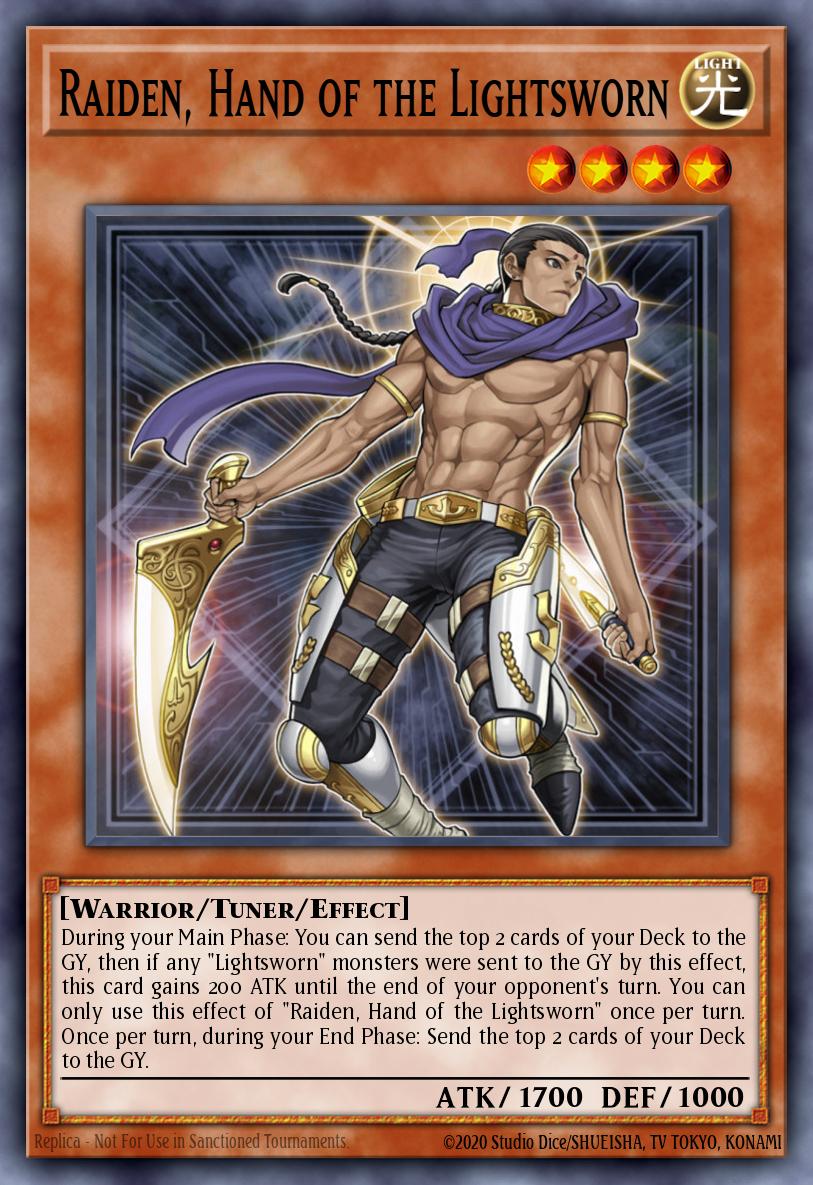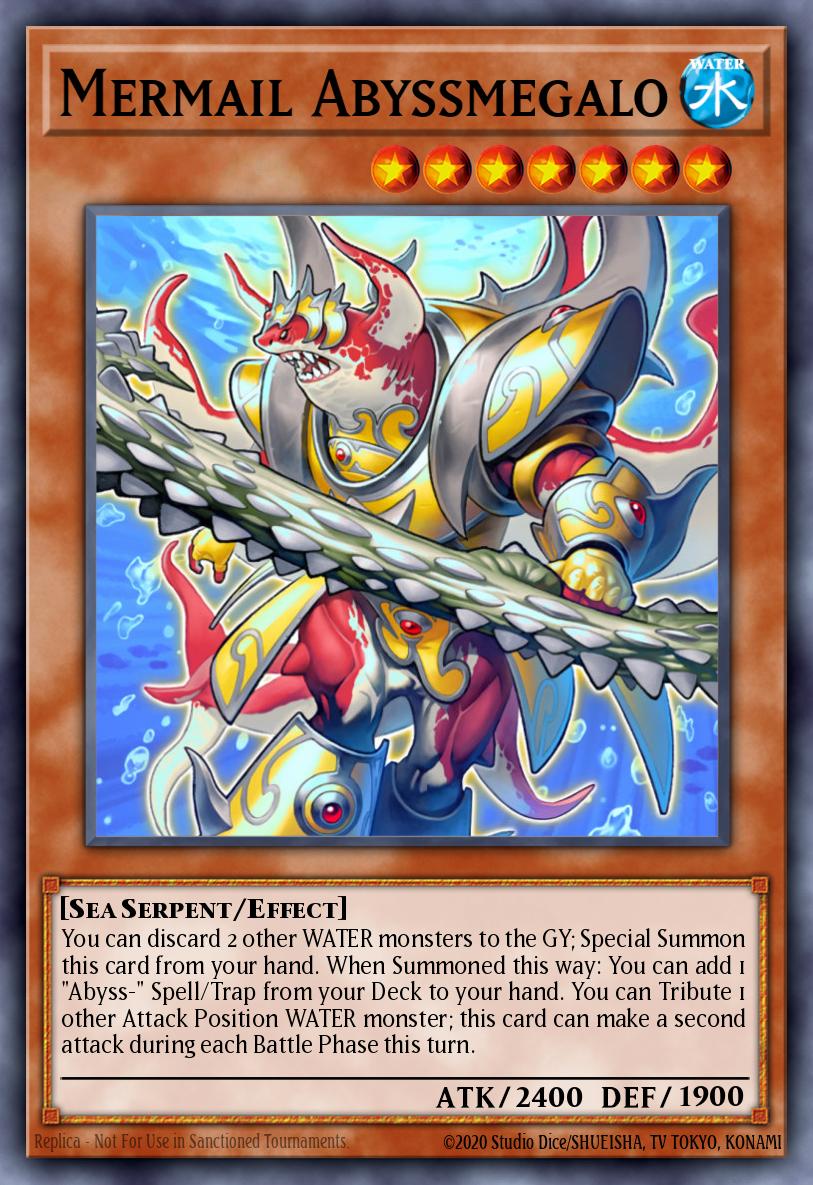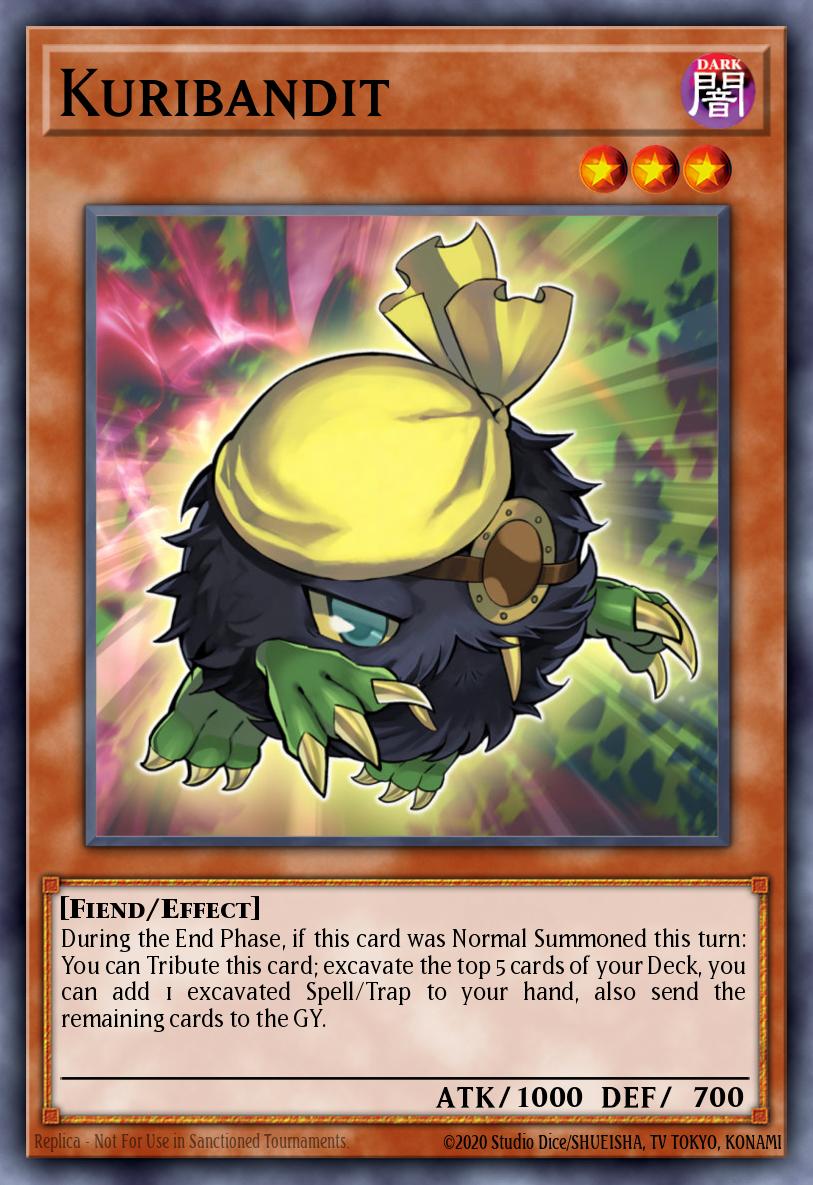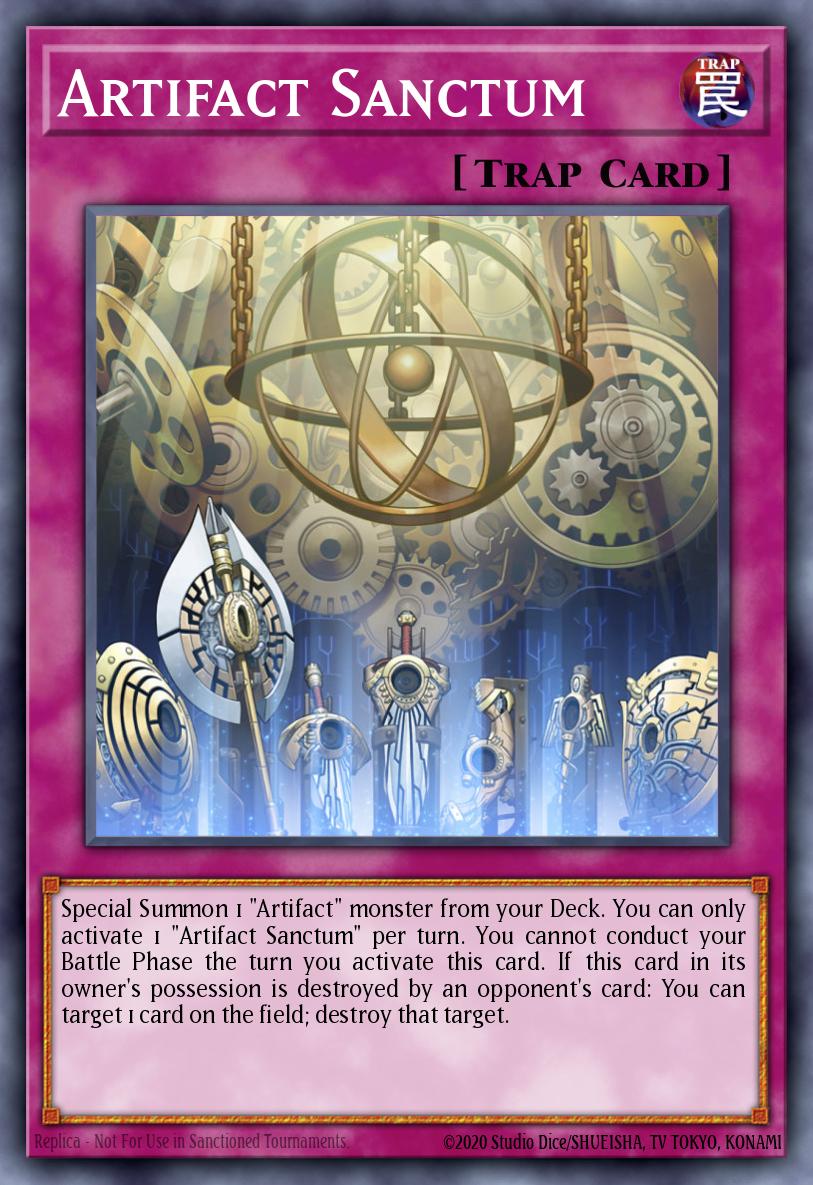HAT Format was an extremely diverse period of Yugioh lasting from May to August 2014. This format featured dozens of distinct rogue strategies and double-digit meta decks. In my previous article, I looked at Early HAT from Primal Origin to Structure Deck: Realm of Light. This article will focus on the High HAT Format period following the release of Realm of Light and encompassing the 2014 World Championship Qualifiers that ended with the release of Super Starter: Space-Time Showdown and the advent of Master Rule 3.
Early HAT
The format remained extremely diverse leading up to the WCQs. Ten decks - Geargia, HAT, Mermail, Infernity, Sylvan, Madolche, Bujin, Mythic Ruler, Fire Fist, Spellbook - were considered top meta contenders and a host of rogue existed alongside them. Geargia took the most tops at YCS Philadelphia in Early HAT, but failed to win the event. It was impossible to find a consensus on the best deck.
Then, the day before the European WCQ, the meta shifted dramatically. The catalyst for this shift was a new product release: the Lightsworn structure deck, Realm of Light. The release of Structure Deck: Realm of Light signaled the end of Early HAT and ushered in High HAT Format.
Realm of Light
Before the release of Structure Deck: Realm of Light, Lightsworn was a minor contender in the metagame. Judgment Dragon was a powerful card, but Lightsworn lacked consistency with Charge of the Light Brigade limited. The release of Kuribandit in Dragons of Legend helped matters, but was a slow End Phase mill like most Lightsworns. Realm of Light changed everything.

The important new cards in the structure deck were Michael, the Arch-Lightsworn, Minerva, Lightsworn Maiden, and Raiden, Hand of the Lightsworn. Michael gave Lightsworn a powerful archetypal Synchro and Minerva saw some play as an archetypal Level 3 Tuner. But it was Raiden who stole the show. Raiden was a Level 4 Tuner, synergizing well with Lumina, Lightsworn Summoner to turbo out Michael or another Level 7 Synchro, but it was his mill effect that made him so powerful.
Raiden could send two cards from deck to grave in the main phase, every turn. Previously Lightsworn had been reliant on either drawing Charge or Solar Recharge to make first turn plays. Without one of the two archetypal Spells, the deck was reliant on End Phase mills and had to wait until its second turn to start its power plays. Raiden, especially in tandem with one of the aforementioned Spells, suddenly gave Lightsworn an explosive early game that could overwhelm slower decks before they had a chance to properly set up. Lightsworn decks could quickly load the grave with cards like Eclipse Wyvern and the Dragon Rulers, setting up for massive plays involving Judgment Dragon or Lightray Diabolos to smash their way to victory.
Metagame Shifts
The advent of the Lightsworn Ruler deck had a massive impact on the metagame. Lightsworn largely edged the less consistent, less explosive Mythic Ruler out of the top tier. Geargia, narrowly the best deck by top cut representation, suffered from a poor Lightsworn matchup. Geargiarmor was easy prey for JD and Diabolos, and Geargia's slowroll strategy could be blown out by explosive Lightsworn openings. HAT, on the other hand, benefited significantly. HAT's poor Geargia matchup became less relevant with LS Ruler weakening Geargia's hold on the format, and with cards like the Artifacts and Hands, HAT could effectively hamstring Lightsworn's huge plays and grind the Lightsworn deck out. These effects were on display at the European WCQ occurring one day after the release of Realm of Light.

Geargia retained its top spot at the EUWCQ, with 13/64 top cut slots, but three decks captured 8 tops apiece: HAT, Lightsworn Ruler, and somewhat surprisingly Mermail. The Mermail deck had adapted by now to the slower, backrow-dominated format, brutally grinding through opposing decks to resolve massive Soul Charges or Mermail Abyssmegalos to establish dominating positions. Mermail would indeed end up winning the event, as Eugen Heidt vanquished Marcel Burri's Lightsworn Rulers in the final to be crowned European champion.
The rest of the format's high-tier decks gained between 3-4 tops for the most part; four each for Spellbook, Bujin, and the fading Mythic Ruler; three apiece for Madolche, Sylvan, and a Fire Fist/Artifact hybrid deck that was gaining in popularity; and a solitary top for poor Infernity, which at this point was considered to be falling out of the metagame. The rest of Top 64 was rounded out by solitary Watt and Chain Burn decks, alongside 3 Evilswarm decks built to take advantage of Lightsworn Ruler's newfound popularity.
July Banlist and NAWCQ Preparation
Following the EUWCQ, the July 2014 banlist was announced on July 3, about a week before the NAWCQ. The July list was scheduled to go into effect the day after NAWCQ, coinciding with the release of Super Starter: Space-Time Showdown and the advent of Master Rule 3. Only one card of note was hit, with Geargiagear going to 1. Some minor adjustments of potential metagame relevance were Goyo Guardian's unbanning, Reinforcement of the Army going to 2, and Mirror Force and Dimensional Prison being unlimited. The post-banlist format was thus expected to be much the same as the previous format, with Konami only minorly addressing Geargia. In the meantime, North American players prepared for the upcoming NAWCQ.

With the results of the EUWCQ to go off of, North American players had some context for their deck choices. Sylvans, despite flopping early in the format at YCS Philadelphia, were seen as a major contender. Players like Patrick Hoban and Johnny Li discovered that Sylvan had an incredible Lightsworn Ruler matchup. HAT was also losing popularity somewhat, as players began to discard the Hands from their builds. The Hands were too reactive, promoting an overly passive style of play. Many players began to experiment with other, more aggressive options, such as Fire Fist engines or Kuribandit.
Other control decks were starting to fade slightly as players recognized the potential of combo. The massive ceilings of Infernity or Mermail translated to much stronger boards than decks like Bujin could establish. That said, Geargia remained the most popular deck going into the event. Despite Lightsworn's new popularity, Geargia had a stronger matchup against the rest of the field than any other deck. The opinions of the playerbase reflected Geargia's perceived strength, as many duelists at NAWCQ expected Geargia to take the event.
Results of the NAWCQ
HAT Format had already gained a reputation amongst the community for its incredible diversity, and the NAWCQ was no different. Geargia, as expected, took the majority of the top 64 spots, with 13 Geargia pilots topping. HAT, as had been standard throughout the format, followed with 9; however, several duelists had found success with the strategy of cutting the Hands. 5 Fire Fist-Artifact-Traptrix decks made top cut, as did two running Kuribandit instead of Hands.
Combo decks did indeed largely muscle out non-Geargia/HAT-variant control decks. Lightsworn Ruler took 6 top cut spots, while Mermail and Sylvan, feasting on Lightsworn's newfound popularity, each grabbed 5 tops with their strong LSR matchup. Infernity finally lived up to its hype and took 3 top spots, including Sehabi Kheiriddine's qualification for Worlds.

Madolche and Bujin performed decently, each managing 4 spots despite pursuing slower strategies than pure combo. Mythic Ruler and Spellbooks, however, flopped badly. Mythic Ruler, being largely inferior to Lightsworn, only scored 2 tops. Spellbook's inconsistency and low power left it largely unable to stand up to combo, and only 1 Spellbook duelist made top 64. The remainder of the top cut slots were a smattering of Hieratics, Dark Worlds, Evilswarm, and Pasquale Crociata's "Too Cute, Too Furious" Frog OTK deck.
Despite the hype around combo, especially after Mermail's victory at the EUWCQ, it would be control that took the crown. Nothing signified this better than reigning North American champion Patrick Hoban's Sylvans falling to HAT in Top 16. Furthermore, although Hands were losing popularity in Artifact-Traptrix builds, a HAT deck nevertheless won it all. Korey McDuffie, a Magic the Gathering pro with no prior Yugioh accolades, piloted a HAT deck built purely on theory to become North American champion.
The End of High HAT Format
High HAT Format drew to a close with the institution of Master Rule 3 and the July 2014 banlist. Overnight, Yugioh changed drastically.
Gone were strategies such as field spell wars, changing forever the usage of cards like The Grand Spellbook Tower. Gone too was the first-turn draw. This change severely weakened decks like Sylvan, which had been heavily reliant on a sixth card to kickstart their combos. Every deck, however, suffered from losing their instant +1. Geargia, although still with potential, had to adjust to losing multiple copies of its blowout card Geargiagear. Pendulum Summoning was also now a part of the game.
The game had definitively changed, but HAT Format was not yet over. Several weeks remained between the July banlist and the release of Duelist Alliance. Although lacking in events save for a couple ARG Circuit Series, HAT Format still had a course to run.




